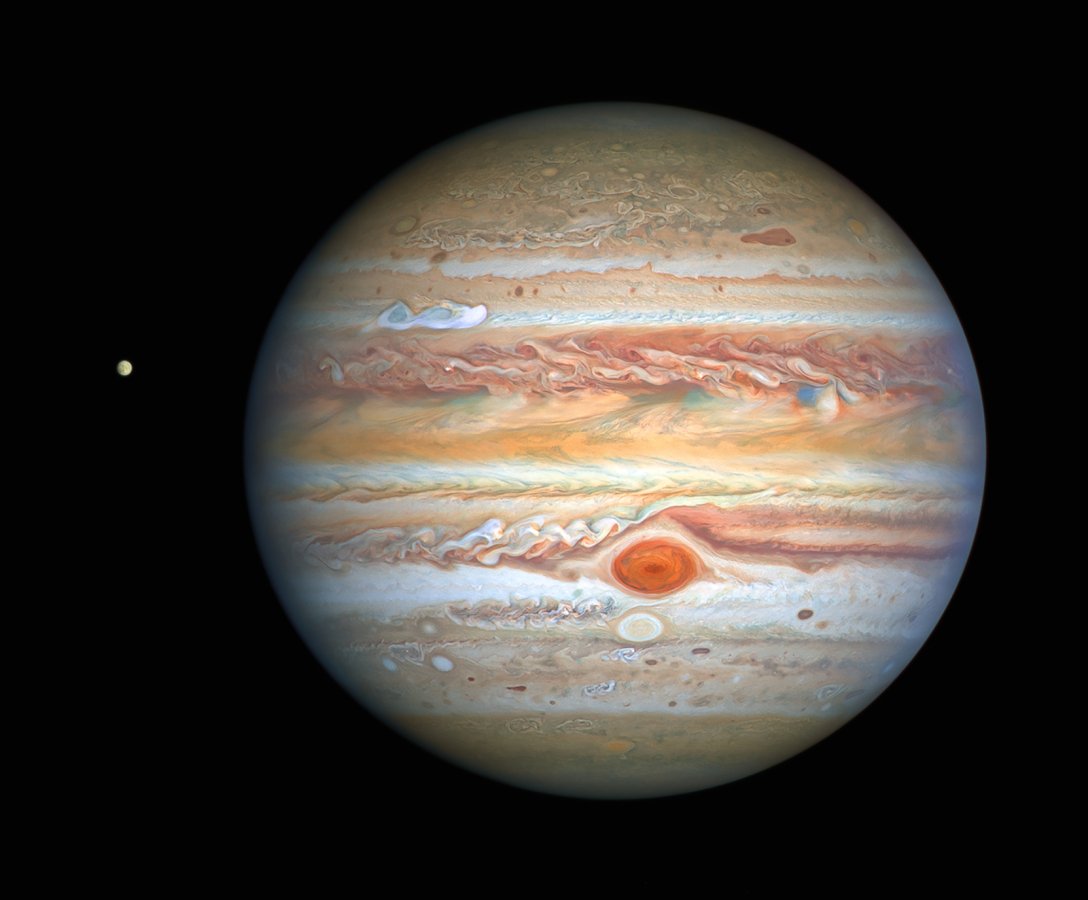A major catastrophe: The universe is forming gigantic planets in an unusual manner.
Jupiter is the largest planet in the Solar System. However, in other stellar systems, there are gas giants that are several times larger than Jupiter and are referred to as super-Jupiters. They can reach the upper limits of size and mass to still be classified as planets. Researchers from the Flatiron Institute (USA) have simulated how such enormous worlds could form. Scientists concluded that massive gas planets throughout the universe could transform into even larger giant worlds due to catastrophic collisions with one another and subsequent mergers, as reported by Space.
Astronomers have been trying to understand how super-Jupiters are formed for many years. Did they originate from very large clumps of gas and dust and initially become massive, or were they small at first and later grew enormous through merging with other gas giants?
Astronomers utilized computer models to observe the evolution of several simulated stellar systems, then compared the simulations with measurements of the masses and orbits of actual gas giants. The researchers found that collisions between gas giants can produce super-Jupiters, and such planets have orbits that astronomers observe in reality.
The most massive gas giants, which are at least five times larger than Jupiter, predominantly have long, elongated orbits. This indicates that in other stellar systems, the orbits of these planets were influenced by the gravitational pull of other worlds and changed over time.

Super-Jupiters possess more elongated orbits than smaller gas giants that resemble Jupiter, suggesting they formed in more chaotic stellar systems where large-scale collisions between planets frequently occurred.
Smaller gas giants are less likely to survive in such stellar systems. They are more likely to be either ejected from the stellar system or merge with another gas giant, according to scientists.
In the real universe, the largest super-Jupiters mainly orbit their stars along long, narrow elliptical paths, resembling the results of collisions between wandering giant planets in simulations. According to the researchers, this is sufficient to suggest that most super-Jupiters form during collisions between two gas giants.
It is worth noting that the study only considered super-Jupiters that are located close to their stars. Now, scientists aim to measure the orbits of more distantly located giant planets to determine whether they formed as a result of collisions or were initially massive far from their star.